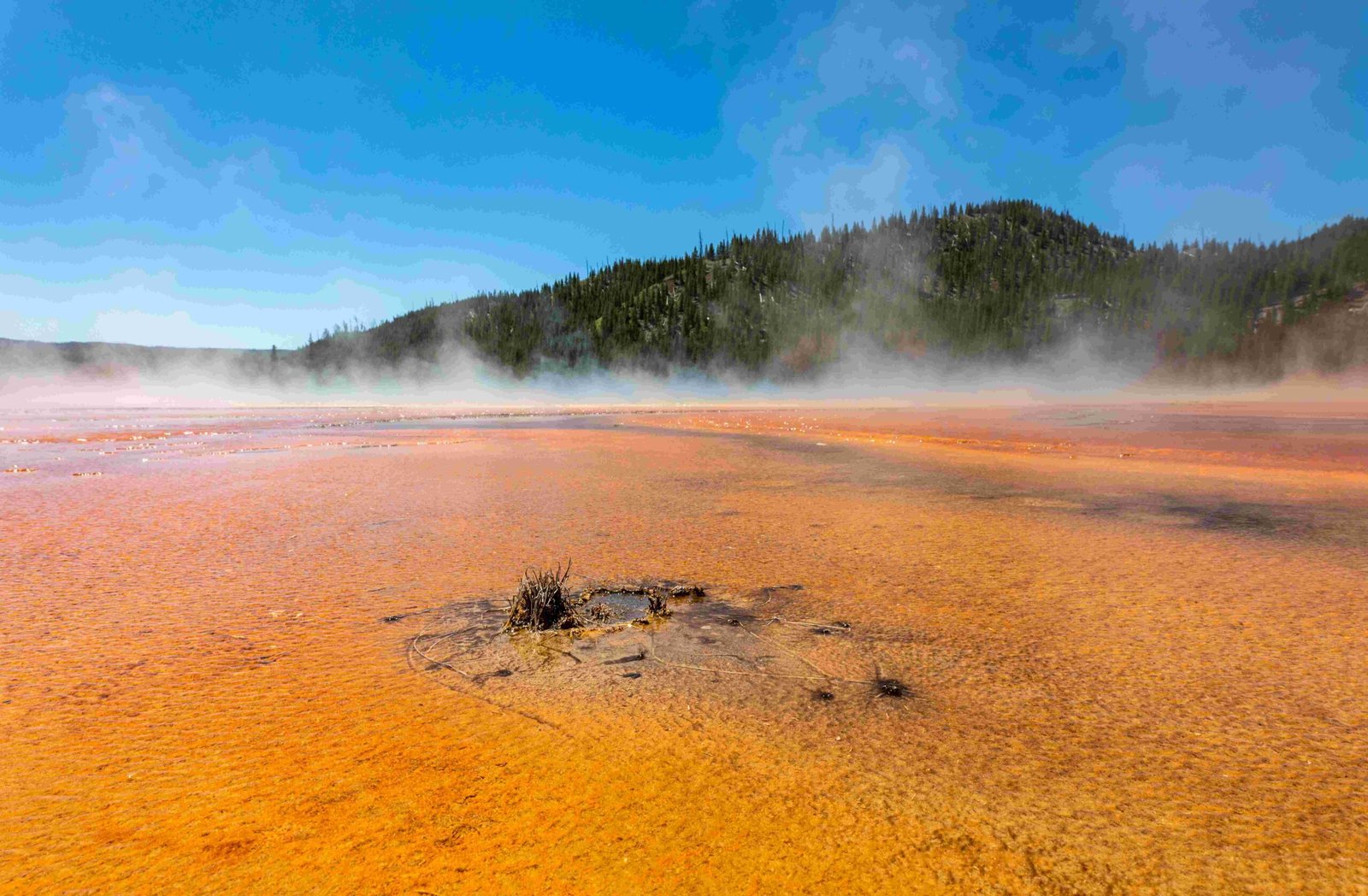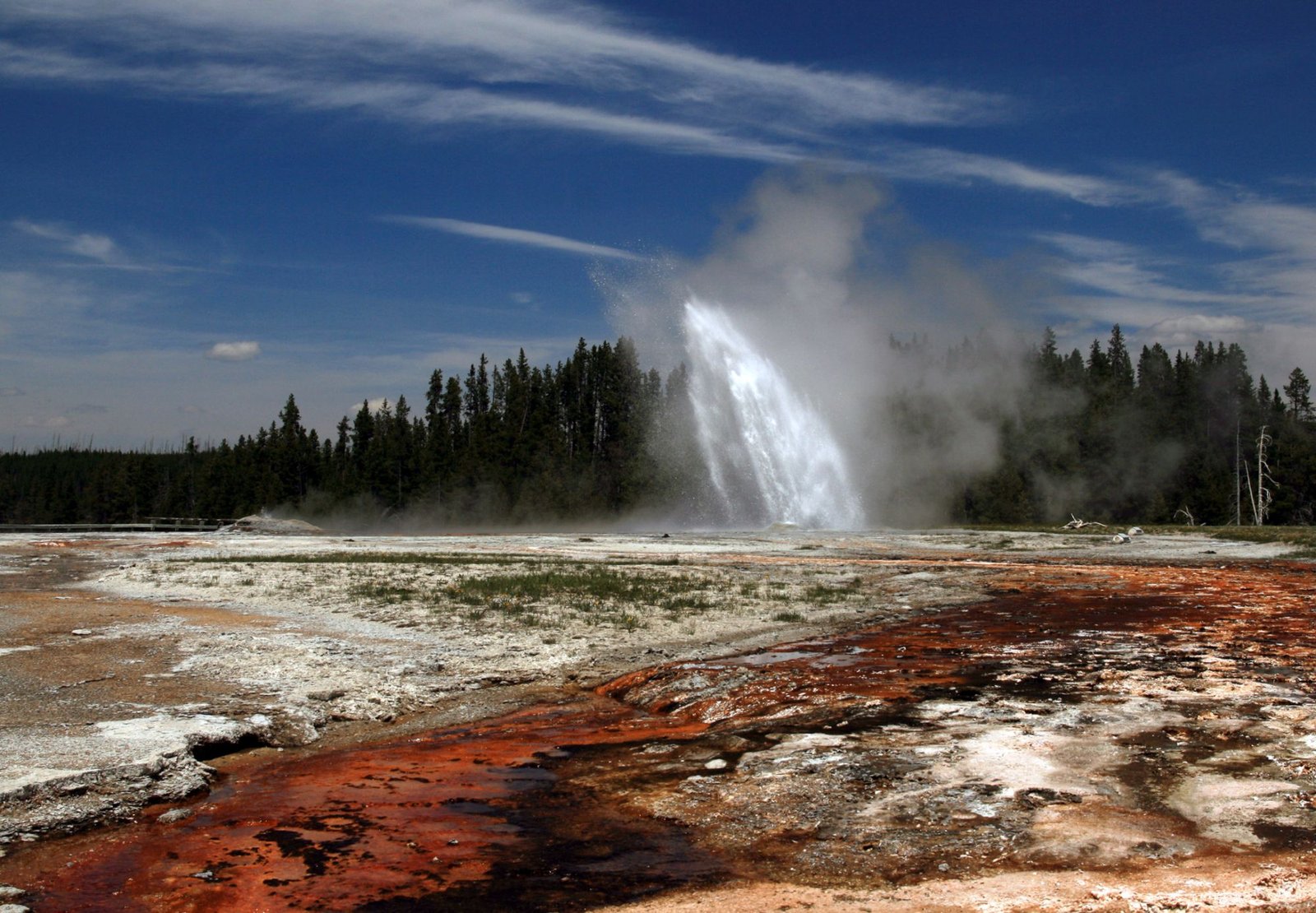Elk fencing in Yellowstone National Park is a complex issue involving wildlife management, habitat protection, and human-wildlife conflict mitigation. While the park itself doesn’t extensively fence elk, the surrounding areas use fencing to manage elk movement, protect agricultural lands, and ensure safe migration routes. This article explores the reasons behind elk fencing practices, their ecological impact, and how visitors can observe these majestic creatures in their natural habitat.
Why Do Managers Use Fences for Elk in the Yellowstone Area?

Fencing for elk management in the Greater Yellowstone Ecosystem serves several purposes:
- Migration Control: Fences help guide elk along safe migration routes, preventing them from entering dangerous areas or private properties.
- Agricultural Protection: Fences keep elk away from crops and ranches, reducing human-wildlife conflicts.
- Habitat Preservation: Strategic fencing can protect sensitive habitats from overgrazing by large elk herds.
- Research and Monitoring: Some fenced areas allow scientists to study elk behavior and population dynamics in controlled settings.
How Do Fences Impact Elk Movement and Behavior?

Fences can significantly affect elk in various ways:
- Barrier Effect: Poorly designed fences can obstruct natural migration patterns, leading to habitat fragmentation.
- Injury Risk: Traditional barbed wire fences can cause injuries when elk attempt to jump over them.
- Behavioral Changes: Fences may alter elk foraging patterns and social interactions.
- Population Distribution: Fencing can concentrate elk in certain areas, potentially leading to overgrazing or increased disease transmission.
To mitigate these negative impacts, wildlife-friendly fencing designs have been implemented in many areas around Yellowstone.
What Are the Benefits of Elk Fencing for Conservation?
When properly implemented, elk fencing can contribute to conservation efforts:
- Habitat Protection: Fences can prevent overgrazing in sensitive ecosystems.
- Reduced Human-Wildlife Conflict: By keeping elk away from agricultural areas, fencing helps maintain a balance between wildlife conservation and human activities.
- Safer Migration: Well-designed fences can guide elk along safer migration routes, reducing vehicle collisions and other hazards.
- Population Management: Fencing can assist in managing elk numbers in specific areas, preventing overabundance and its associated ecological impacts.
How Has Elk Fencing Evolved in Yellowstone Over Time?
The approach to elk fencing in and around Yellowstone has changed significantly:
| Era | Fencing Approach |
|---|---|
| Pre-1900s | Minimal fencing, unrestricted elk movement |
| Early 1900s | Increased fencing due to ranching expansion |
| Mid-1900s | Recognition of fencing impacts on wildlife |
| Late 1900s | Development of wildlife-friendly fencing designs |
| Present | Collaborative efforts to modify or remove problematic fences |
What Are the Challenges in Balancing Elk Management and Visitor Experience?
Managing elk populations while ensuring a positive visitor experience presents several challenges:
- Visibility vs. Natural Behavior: Visitors want to see elk, but too much human presence can disrupt natural behaviors.
- Safety Concerns: Elk can be dangerous, especially during mating season, requiring careful management of visitor-elk interactions.
- Habitat Preservation: High visitor numbers can impact elk habitats, necessitating controlled access to certain areas.
- Educational Opportunities: Balancing information provision with minimal disturbance to elk.
How Can Visitors Observe Elk Safely in Yellowstone?
To ensure safe and responsible elk viewing:
- Stay at least 25 yards (23 meters) away from elk at all times.
- Use binoculars or spotting scopes for close-up views.
- Visit during peak seasons (spring and fall) for better viewing opportunities.
- Join ranger-led programs to learn about elk ecology and behavior.
- Observe from designated viewing areas and platforms when available.
What Future Developments Are Expected in Elk Management and Fencing?
Looking ahead, elk management in Yellowstone may see:
- Advanced Fencing Technology: Development of ‘virtual fences’ using GPS collars to manage elk movement without physical barriers.
- Increased Collaboration: More partnerships between the park, surrounding landowners, and conservation groups to create wildlife-friendly landscapes.
- Climate Change Adaptation: Adjusting fencing and management strategies to account for shifting elk migration patterns due to climate change.
- Enhanced Monitoring: Utilization of drones and AI for more efficient elk population tracking and fence maintenance.
How Does Elk Fencing Fit into the Broader Ecosystem Management of Yellowstone?
Elk fencing is just one component of Yellowstone’s comprehensive ecosystem management:
- Predator-Prey Balance: Fencing strategies consider the reintroduction of wolves and their impact on elk populations.
- Vegetation Management: Fencing helps control elk grazing patterns, influencing plant communities throughout the park.
- Water Resource Protection: Strategic fencing can prevent elk from overgrazing near sensitive water sources.
- Disease Control: Fencing can help manage the spread of diseases like chronic wasting disease by controlling elk movement.
In conclusion, while Yellowstone National Park itself doesn’t extensively fence elk, the surrounding areas use fencing as a tool for managing elk populations, protecting habitats, and ensuring safe coexistence with human activities. As management practices evolve, the goal remains to balance the needs of elk, other wildlife, and human visitors in this unique ecosystem.
References:
1. The Best Defense is a Good Fence | U.S. Fish & Wildlife Service
2. Preserving Migration with Absaroka Fencing Initiative
3. Elk – Yellowstone National Park

